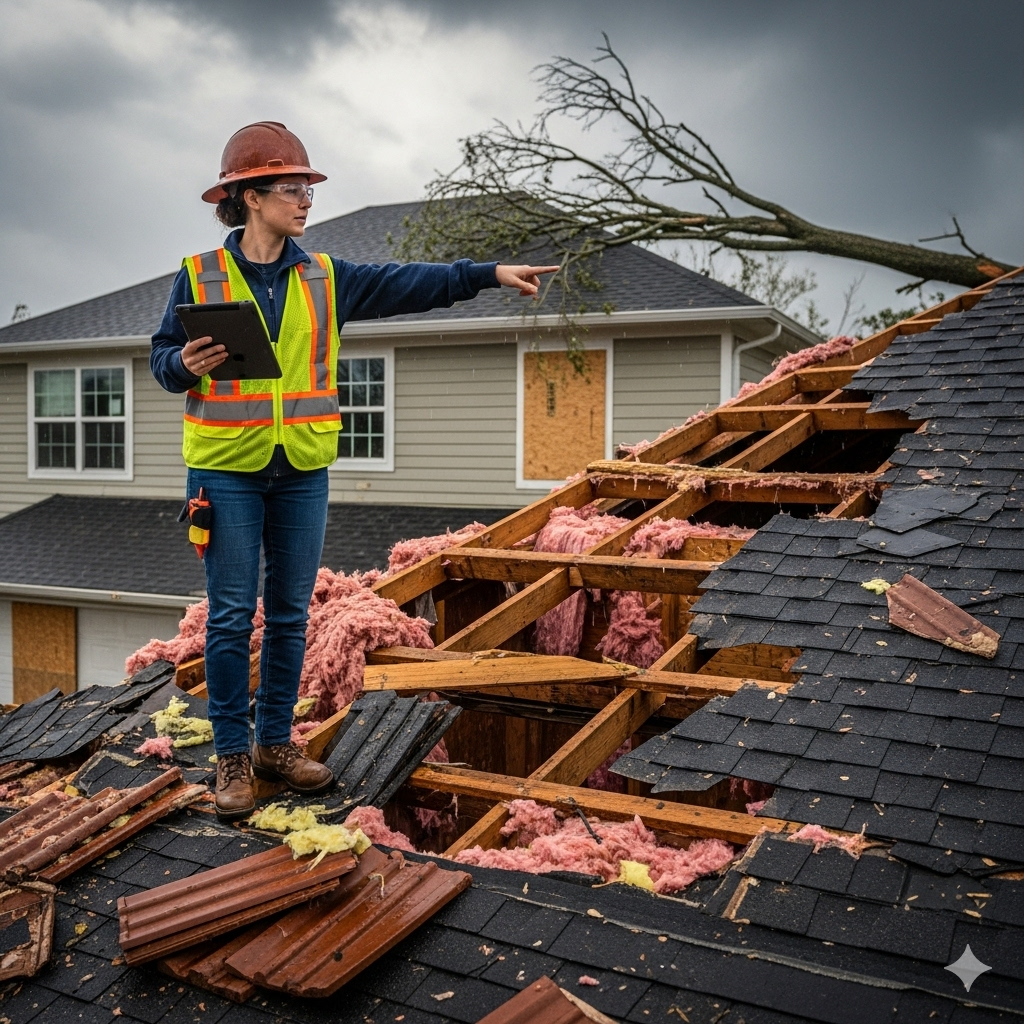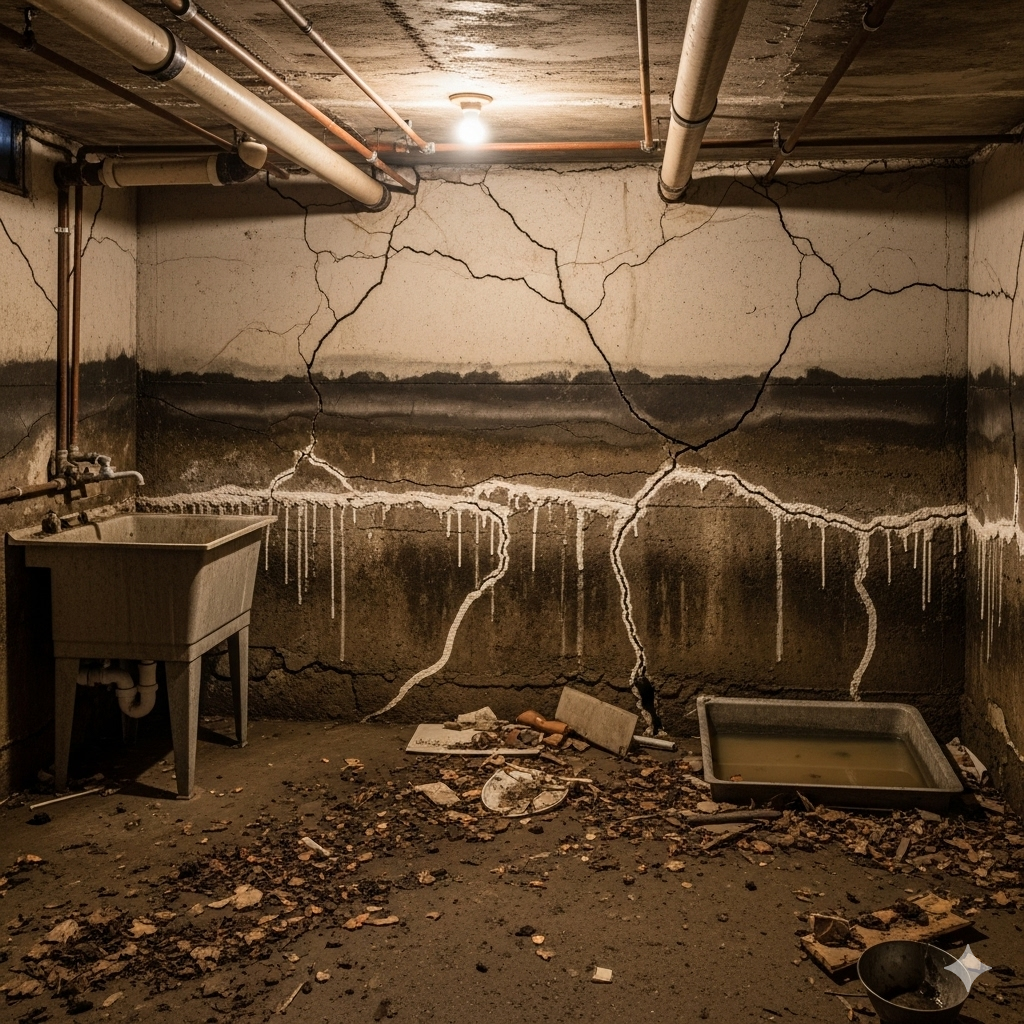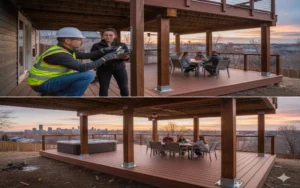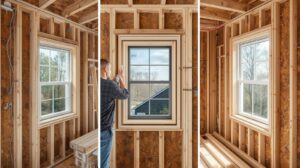Living in Denver, we’re no strangers to severe weather patterns that can leave our homes vulnerable to nature’s fury. As a structural engineer with over 15 years of experience, I’ve witnessed firsthand how seemingly minor storm damage can escalate into major structural concerns when left unaddressed. The moments following a severe weather event are critical for homeowners—knowing how to properly assess damage and when to seek professional help can mean the difference between a straightforward insurance claim and costly, extensive repairs.
Structural storm damage assessment is not just about identifying visible destruction; it’s about understanding the hidden compromises to your home’s integrity that could threaten your family’s safety. This comprehensive guide will walk you through the essential steps for evaluating storm damage, recognizing when professional intervention is necessary, and navigating the insurance process to protect your most valuable investment.
Understanding Different Types of Storm Damage
Wind Damage: The Invisible Threat
High winds pose unique challenges to structural integrity that often go unnoticed by untrained eyes. While missing shingles or damaged siding are obvious signs, the real concern lies in how wind forces affect your home’s load-bearing systems.
What to look for:
- Roof decking that appears to be lifting or sagging
- Doors and windows that no longer close properly
- Cracks around door frames and window headers
- Separation between walls and ceilings/floors
- Visible movement in roof trusses or rafters
Wind creates both positive and negative pressure on structures, potentially compromising connections between building components. Our Residential Structural Engineering Services in Denver include specialized wind damage assessments that identify these subtle but dangerous issues.
Water and Flood Damage: The Silent Destroyer
Water infiltration from storms can cause both immediate and long-term structural problems. The severity depends on the water source (rainwater, floodwater, or sewer backup) and the duration of exposure.
Critical areas to inspect:
- Foundation walls for new cracking or bowing
- Basement floors for heaving or settlement
- Wood framing for signs of swelling, warping, or rot
- Concrete and masonry for efflorescence (white powder deposits)
- Soil erosion around foundations that compromises support
Floodwaters particularly threaten foundation stability, as documented in our guide on Denver home foundation issues. When saturated soils dry unevenly, they can cause differential settlement that requires immediate attention.
Hail Impact Damage: More Than Cosmetic
While hail primarily affects roofing and exterior surfaces, large hailstones can compromise structural elements through repeated impact on vulnerable areas.
Structural concerns from hail:
- Cracked or compromised roof decking
- Damaged roof supports from large hail impacts
- Weakened structural connections
- Compromised waterproofing leading to future water intrusion
Immediate Post-Storm Safety Assessment
Before conducting a detailed inspection, ensure the property is safe to enter. Follow this safety checklist:
- Check for visible structural hazards – leaning walls, collapsed roofs, or fallen trees on structures
- Assess electrical hazards – watch for downed power lines and avoid standing water near electrical systems
- Evaluate gas line safety – if you smell gas, evacuate immediately and contact utility companies
- Look for chemical hazards – spilled fuels, pesticides, or other hazardous materials
- Document safely – take photographs from multiple angles before approaching damaged areas
Table: Storm Damage Severity Assessment Guide
| Damage Type | Minor (Monitor) | Moderate (Professional Assessment Recommended) | Severe (Immediate Professional Intervention Required) |
| Roof Damage | Few missing shingles | Multiple missing shingles, sagging areas | Large sections missing, visible structural deformation |
| Foundation Cracks | Hairline cracks <1/8″ | Cracks 1/8″-1/4″ wide | Cracks >1/4″ wide, horizontal cracks, bowing walls |
| Water Intrusion | Minor dampness in basement | Standing water <1″ deep | Standing water >1″ deep, electrical systems affected |
| Window/Door Damage | Single window broken | Multiple units damaged, frames compromised | Structural openings distorted, load-bearing walls affected |
| Tree Impact | Small branches on roof | Large branches on structure | Tree trunk on roof or walls, structural penetration |
The Professional Structural Damage Assessment Process

When you hire a structural engineer for a post-storm structural inspection, here’s what to expect:
1. Comprehensive Documentation
We begin with thorough photographic documentation of all visible damage, both interior and exterior. This creates a baseline record for insurance purposes and future reference.
2. Structural System Evaluation
Our assessment includes:
- Roof structure integrity evaluation
- Foundation and basement wall assessment
- Framing system inspection
- Connection and fastener integrity checks
- Material condition evaluation
3. Specialized Testing
Depending on the damage type, we may recommend:
- Moisture mapping to identify hidden water intrusion
- Foundation level measurements to detect settlement
- Non-destructive testing to evaluate structural member integrity
- Load testing for compromised elements
4. Detailed Reporting
Our comprehensive report includes:
- Description and classification of all damage
- Analysis of causes and contributing factors
- Repair recommendations and prioritization
- Cost estimates for insurance claims
- Documentation suitable for permit applications
Understanding structural inspection cost helps homeowners budget appropriately for these essential professional assessments.
Navigating Insurance Claims for Structural Damage
The First Steps After Storm Damage
- Contact your insurance company immediately – Most policies require prompt notification
- Document everything – Take photographs and videos before making temporary repairs
- Make temporary repairs only – Board up windows, tarp roofs, but don’t make permanent repairs before assessment
- Keep detailed records – Save all receipts for temporary repairs and additional living expenses
How a Structural Engineer Supports Your Claim
We provide:
- Objective, professional damage assessment
- Detailed documentation for insurance adjusters
- Technical explanation of structural damage causes
- Repair specifications and cost estimates
- Assistance with claim negotiations if needed
Repair Considerations for Storm-Damaged Structures

Foundation Repair Options
Depending on the damage severity, foundation repairs may include:
- Crack injection and sealing
- Wall stabilization systems
- Underpinning and pier installation
- Drainage correction and waterproofing
Framing and Roof Repairs
Structural repairs often involve:
- Sistering damaged joists or rafters
- Adding supplemental support members
- Replacing compromised structural elements
- Upgrading connections to meet current code requirements
For major damage, a complete structural design process of a residential building may be necessary to ensure proper repairs that restore integrity and meet current building codes.
Prevention: Mitigating Future Storm Damage
Proactive Structural Improvements
Consider these measures to minimize future storm damage:
For wind resistance:
- Hurricane clips and straps for roof-to-wall connections
- Impact-resistant windows and doors
- Properly secured roof covering systems
- Wind-resistant siding attachments
For flood protection:
- Proper grading and drainage away from foundation
- Sump pump with battery backup system
- Flood vents in foundation walls
- Elevated electrical systems and appliances
For hail protection:
- Impact-resistant roofing materials
- Protective window films
- Reinforced garage doors
- Landscape management to protect vulnerable elements
Our expertise in retaining wall design also helps homeowners address soil stability issues that can exacerbate storm damage.
When DIY Assessment is Appropriate vs. When to Call a Professional
Safe DIY Assessments
Homeowners can safely:
- Document visible damage with photographs
- Check for obvious signs of structural distress
- Make temporary weather-proofing repairs
- Monitor known problem areas for changes
When to Immediately Call a Structural Engineer
Contact a professional immediately if you observe:
- Horizontal foundation cracks or bowing walls
- Roof sagging or structural deformation
- Significant water intrusion affecting structural elements
- Suspected damage to load-bearing walls, especially after unauthorized column removal in buildings
- Any damage that affects the structural integrity of additions, such as problems after adding a floor to an old building
Frequently Asked Questions
Will insurance cover structural storm damage?
Most homeowners insurance policies cover sudden and accidental storm damage, including wind, hail, and water damage from storms. However, coverage varies by policy, and flood damage typically requires separate flood insurance. Always review your specific policy and consult with your insurance agent regarding coverage details.
What is the first step after a storm damages my home?
The first step is ensuring the property is safe to enter. Then, document all damage with photographs and videos before making any temporary repairs. Contact your insurance company to start the claims process, and consider consulting a structural engineer for a professional assessment, especially for suspected structural damage.
How can I prevent structural damage from future storms?
Proactive measures include maintaining your roof and drainage systems, ensuring proper grading around your foundation, installing wind-resistant features, and addressing any existing structural vulnerabilities. A pre-storm structural assessment can identify weaknesses before severe weather hits.
How long do I have to file a storm damage insurance claim?
Time limits vary by insurance company and policy, but most require prompt notification—typically within 24-72 hours for initial reporting. The complete claims process may have longer timelines, but early documentation and professional assessment significantly strengthen your claim.
Can storm damage affect my home’s value?
Properly repaired storm damage should not negatively affect your home’s value, especially when repairs are documented with permits and professional engineering oversight. However, unrepaired or improperly repaired damage can significantly decrease property value and create liability issues.
Conclusion: Don’t Gamble With Structural Safety
Storm damage assessment requires both immediate action and careful consideration. While some damage is visibly obvious, the most dangerous structural compromises often remain hidden until they escalate into major problems. The cost of professional assessment is minimal compared to the risks of overlooked structural damage that could threaten your family’s safety and your home’s integrity.
At ISTA Engineers, we bring decades of experience in storm damage assessment to help Denver homeowners navigate these challenging situations. Our comprehensive structural storm damage assessment services provide the clarity and documentation you need for insurance claims, repairs, and peace of mind.
If your home has experienced storm damage, don’t wait for small problems to become major emergencies. Contact us today for a professional assessment and ensure your home remains safe, secure, and structurally sound for years to come.




